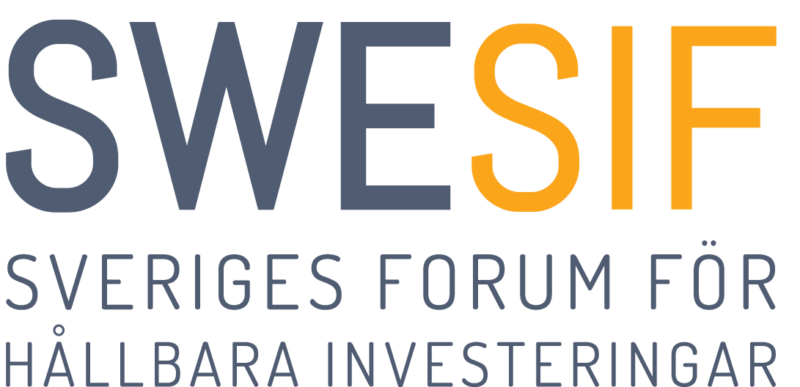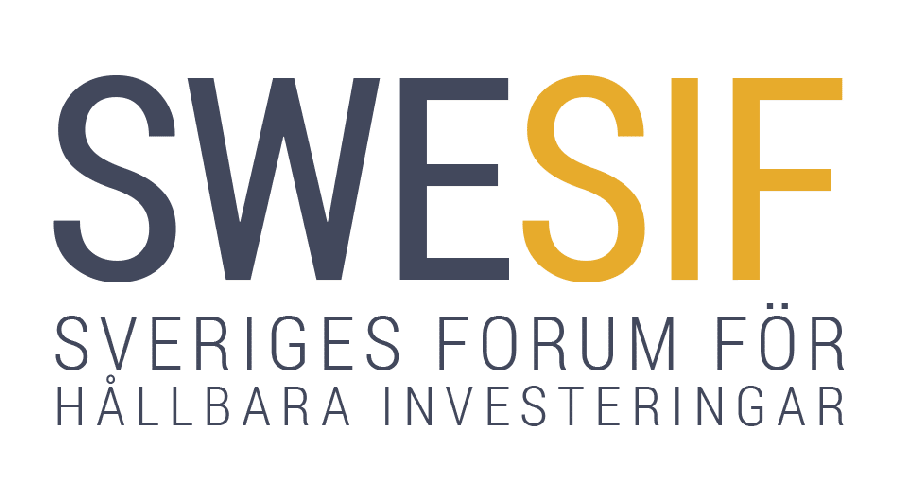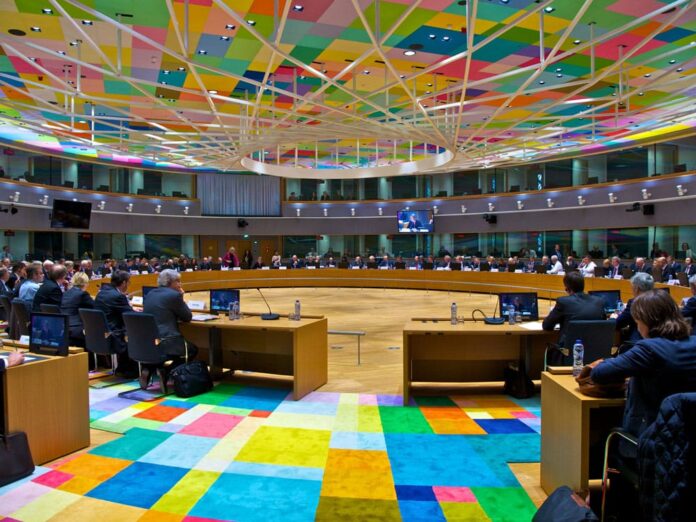A detailed regulatory framework for sustainable investment is slowly taking shape in Europe, a demanding and complex task that involves many experts from the financial industry, government and academia. Monitoring developments in this area can be challenging for financial market participants affected by the new rules. Concepts and abbreviations such as taxonomy, SFDR, Article 8 and 9, PAI and DNSH have slowly started to sink in. What is more difficult, however, is to get a full picture of all the elements of the framework. “It’s fair to say that the fund industry has never had so much implementation work to deal with as it does now,” Björn Wendleby of Harvest Advokatbyrå pointed out recently, during the opening session of Swesif’s seminar series on the topic of regulation.
The summer months are often particularly challenging when it comes to keeping up to date with regulatory developments. While most people in Sweden go on holiday in July, activity in the corridors of Brussels is in full swing. Negotiations, consultations and votes take turns in EU parliaments, commissions and committees. There is a rush to get as much done as possible before it is time to take August off.
A brief summary of the most important developments in sustainable regulation this summer may therefore be in order.
Taxonomy
The beginning of July was rather turbulent. The European Commission’s proposal to include certain nuclear and natural gas related activities in the taxonomy regulation, i.e. to recognise them as sustainable investments, passed the vote in the European Parliament on 6 July. Although more MEPs voted against the proposal than for it (328 to 278), the ‘no’ votes fell short of the 353 needed to defeat it.
The outcome was somewhat surprising. Earlier this year, two of the Parliament’s committees had accepted most of the taxonomy, but voted against including gas and nuclear power. Many experts, including those who produced the original version of the taxonomy, had been openly critical of the proposal. They argue that fossil natural gas and nuclear power can never be considered sustainable, no matter what limits they meet. In addition, there is strong criticism of the process of their inclusion in the taxonomy. The main argument in support of the new law is that these two energy sources are crucial for a rapid transition away from even worse fossil fuels such as oil and coal.
The supplementary delegated regulation for the EU taxonomy (EU 2022/1214) was published on 15 July 2022 and will apply from 1 January 2023. The conditions for including nuclear and natural gas activities in the taxonomy regulation are thus established. The law also requires large listed companies to disclose the share of their activities related to natural gas and nuclear power.
SFDR
After a series of delays, the EU Commission’s Delegated Regulation on Sustainability Related Disclosures (SFDR) (EU 2022/1288) was also published on 25 July 2022, making the SFDR complete in terms of the Regulatory Technical Standards (RTS) for sustainability disclosures by financial market participants. Previously, it was sufficient to comply only with the main provisions of the SFDR, i.e. the Level 1 requirements. It is now time to fully implement the RTS. The framework has already entered into force and will be applicable from 1 January 2023.
The aim is to improve the quality and comparability of all sustainability information disclosed. Among other things, the RTS specifies the requirements for the content and presentation of sustainability information in prospectuses, on websites and in reports. Specific requirements are listed for disclosure around the important principle that economic activity does not cause significant harm to any of the other objectives (‘Do No Significant Harm’, DNSH).
One area of the SFDR that many financial market participants have found particularly difficult to address is the voluntary disclosure of Principal Adverse Impact (PAI). On 28 July 2022, the European Supervisory Authorities (ESAs) published a report finding that compliance with the reporting requirements for PAI (SFDR Article 4.1(b)) is generally low, although it varies significantly across jurisdictions. According to the report, the reasons for the low uptake of PAI are that the rules are considered challenging, uncertain and incomplete, and that there is a lack of common practices and methodologies for obtaining the required information. ESA also notes that national competent authorities reported an overall low level of information on the degree of alignment with the Paris Agreement targets, with information on alignment being “vague and at too high a level”.
MiFID II
Sustainability requirements are now also integrated into the EU’s Markets in Financial Instruments Directive and Regulation (MiFID), the regulatory framework that aims to increase transparency, enhance investor protection and strengthen confidence in European securities markets. The amended delegated directive (MiFID II, 2014/65/EU) officially entered into force on 2 August 2022.
The amendments mean that financial advisors must from now on take into account their clients’ sustainability preferences when making suitability assessments. The updated regulation also means that advisers must provide suitable investment options for those clients who express an interest in sustainable investments. One practical task added is that asset managers must complete the relevant fields of both the European ESG Template (EET) and the European MiFID Template (EMT) to comply with MiFID II requirements.
The regulation of sustainable investment is a priority for many of Swesif’s members. Swesif’s ambition is to continue to monitor developments and organise seminars on this topic. Stay tuned!



